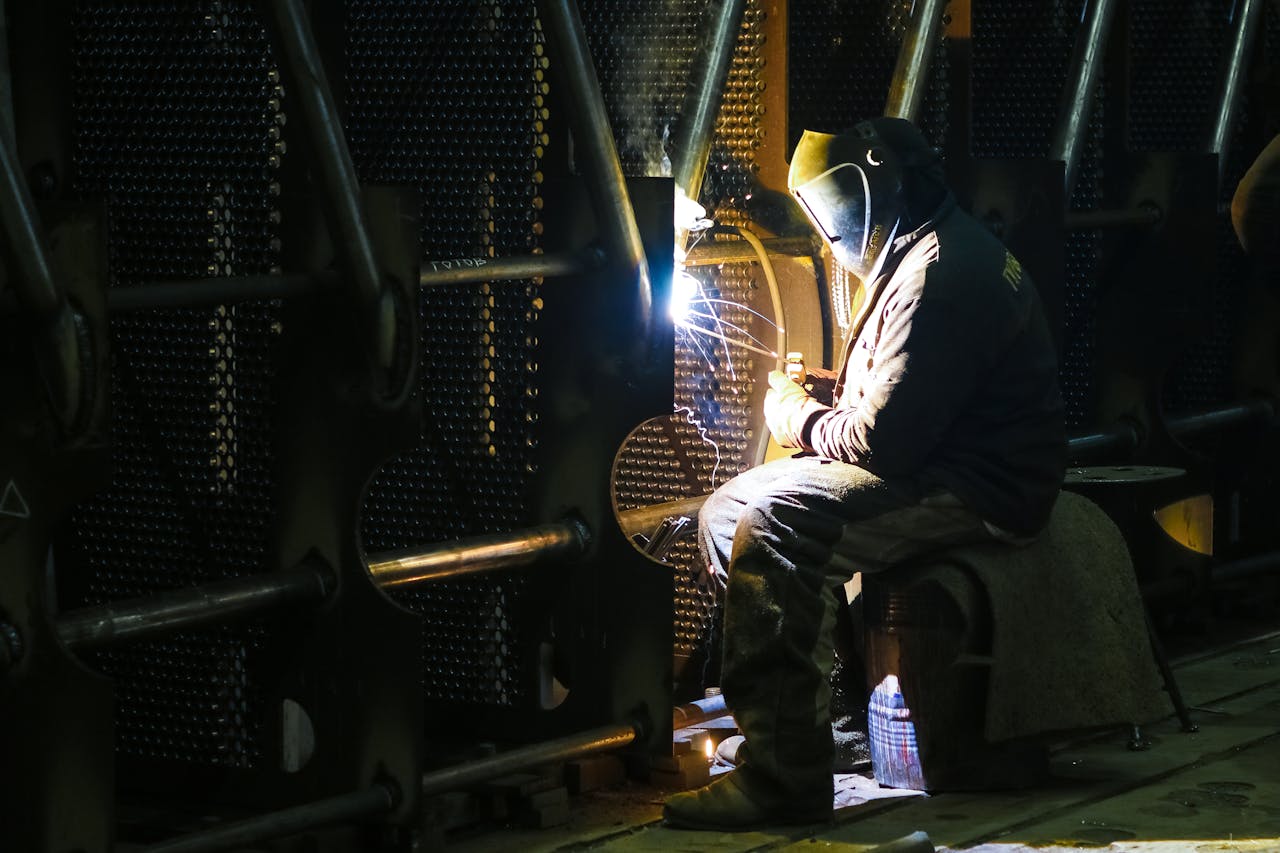In today’s industrial world, machinery safety and efficiency are critical for long-term business operations. In the field of predictive maintenance, vibration analysis has become a vital tool that provides an advanced way to stop unplanned machinery breakdowns and extend the life of equipment. This method makes use of sophisticated diagnostic tools to find anomalies and mechanical problems that are invisible to the human eye. This in-depth article will explore the many advantages and the crucial role vibration analysis plays in improving operational reliability and efficiency in a variety of industries by highlighting its integration into maintenance procedures, so take your time to check these things out as soon as you can.
Early Detection of Equipment Issues
Vibration analysis’s ability to identify possible mechanical failures early on is one of its biggest benefits. Through continuous monitoring of the vibrations generated by machinery, while it is in operation, this technology helps maintenance technicians to spot unusual vibration patterns that might point to problems like wear and tear, imbalance, or misalignment. Early detection is essential because it enables prompt resolution of these problems, preventing serious malfunctions and expensive repairs. Furthermore, by taking a proactive stance, the likelihood of unplanned outages is reduced, guaranteeing continuous and consistently dependable production processes.
Enhancing Safety
It is impossible to exaggerate the contribution vibration analysis makes to improving worker safety. When industrial machinery malfunctions, there can be serious risks involved that could result in accidents at work. Companies reduce the risk of accidents resulting from equipment failure by using vibration analysis to verify that all equipment is operating safely and correctly. Proactive monitoring contributes to the preservation of a safe workplace, which is essential for both adherence to strict industry safety regulations and the safety of employees. Vibration analysis thus reinforces the safety culture in industrial settings by serving as a compliance strategy as well as a preventative measure.
Cost Savings
Vibration analysis has significant financial implications for routine maintenance. That’s why informative vibration analysis helps companies detect problems with machinery early and reduce the astronomical costs associated with major equipment failures. Prompt problem-solving reduces the need for large-scale repairs and allows machinery to keep running without expensive stoppages. Furthermore, maintenance can be planned for off-peak times, which lessens the impact on operations and maintains productivity. This approach improves the production cycle’s economic efficiency and lowers direct repair and replacement costs, which improves the bottom line.
Prolonging Equipment Lifespan

https://www.pexels.com/photo/man-doing-welding-work-3181187/
An important factor in extending the operational life of industrial machinery is vibration analysis. It lessens undue stress on machine components by identifying and fixing minor issues before they become bigger ones. By ensuring that the machinery runs as efficiently as possible, preventative maintenance extends the machinery’s useful life and maximizes return on investment. Maintaining the overall health of the machinery through regular maintenance based on vibration analysis enables it to operate at optimal efficiency for extended periods. This is particularly important for capital-intensive industries seeking to optimize their asset utilization and management procedures.
Optimizing Maintenance Schedules
Vibration analysis yields precise data that makes it possible to optimize maintenance schedules based on the real state of the equipment, not just on pre-established intervals. By switching from time-based to condition-based maintenance, fewer needless maintenance tasks are carried out and resources are concentrated on pressing requirements. Interventions are only made when necessary. Such a strategy improves the overall effectiveness of maintenance operations while also saving time and money. Coordinating maintenance activities with current equipment requirements reduces interference and guarantees that each piece of equipment is serviced only when necessary.
Improved Diagnostic Precision
When it comes to providing improved diagnostic precision for evaluating the state of industrial machinery, vibration analysis shines. With this approach, technicians can accurately identify specific mechanical anomalies by interpreting vibration data using sophisticated sensors and cutting-edge analytical techniques. Through proficient differentiation of distinct vibration signatures, such as those resulting from misalignment, imbalance, or bearing failures, maintenance teams can implement focused interventions instead of extensive repairs. This accurate diagnosis not only makes the repair process go more smoothly but also guarantees that every remedial measure is specifically designed to address the underlying cause of the issue. As a result, maintenance operations are much more effective, lowering the possibility of reoccurring problems and guaranteeing that machinery performs at its best.
Modern industrial operations rely heavily on the revolutionary development of vibration analysis’s integration into maintenance strategies. Its numerous advantages, which include increased efficiency, lower costs, increased safety, and longer equipment lifespans, highlight the critical role it plays in maintenance schedules. Vibration analysis is more crucial than ever in guaranteeing optimal operational efficiency and reliability as industries grow more complex and technology advances. By lowering overall waste and energy consumption, adopting this strategy not only improves a company’s operational capabilities but also supports long-term industrial sustainability by being consistent with sustainable practices.














